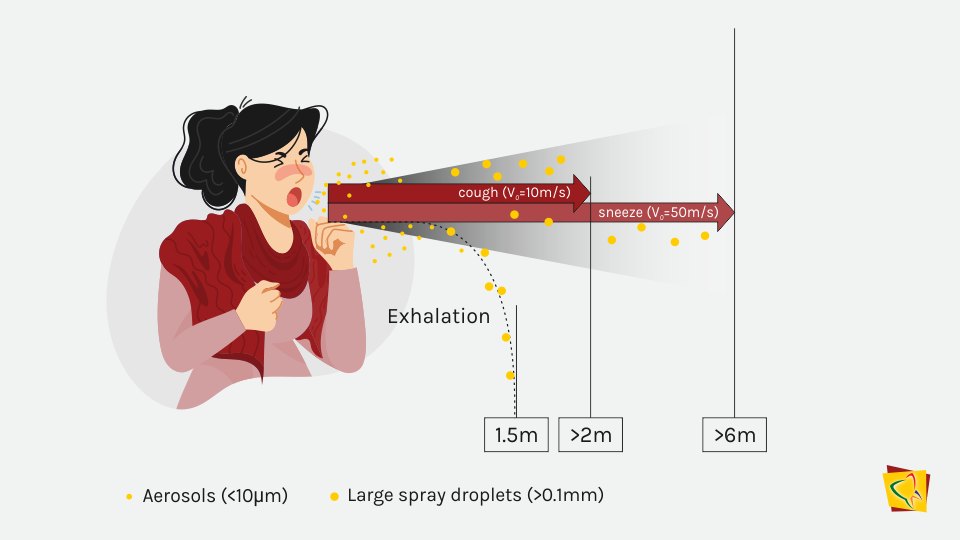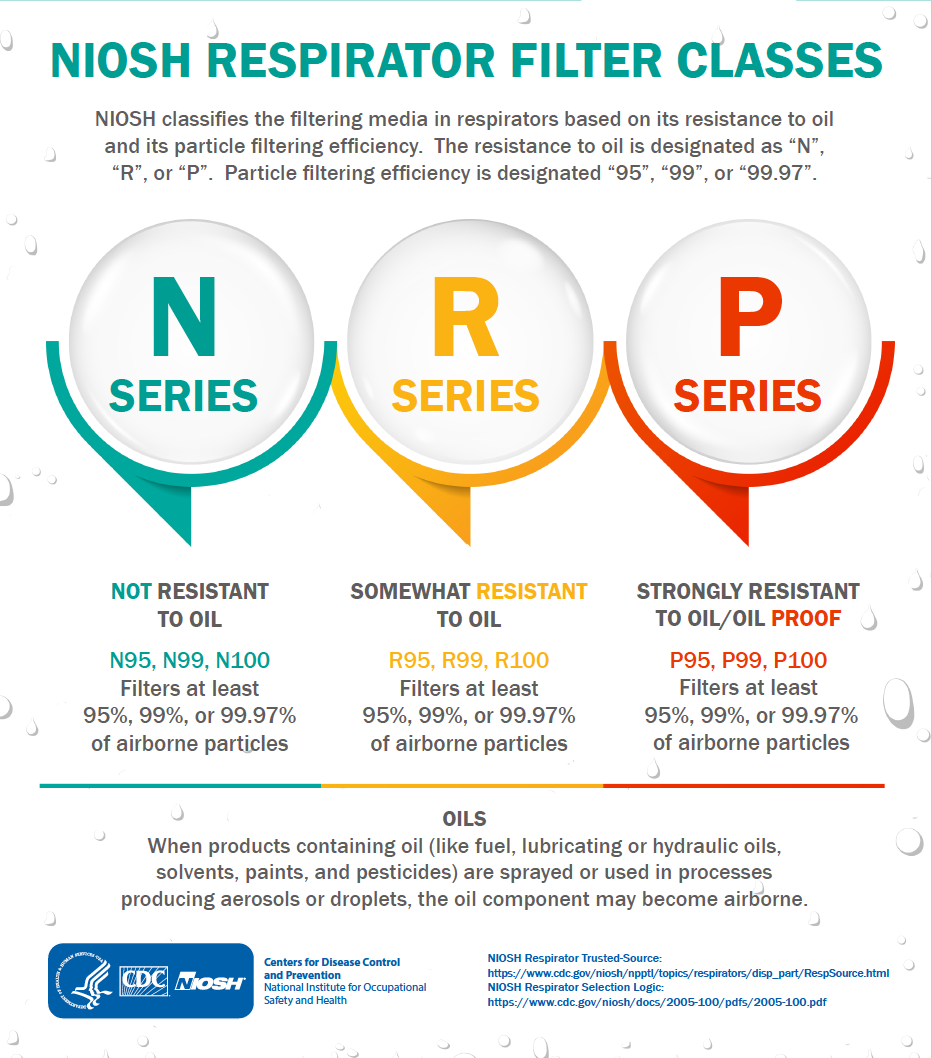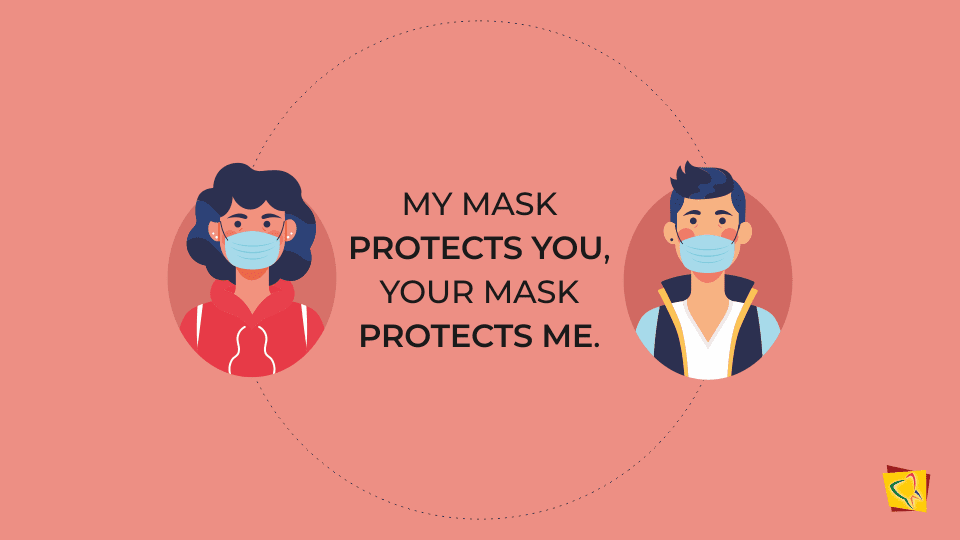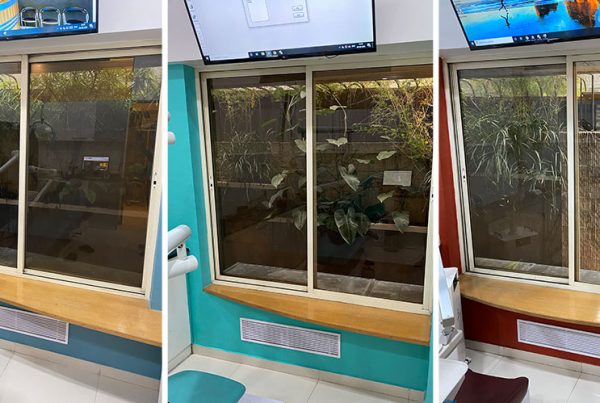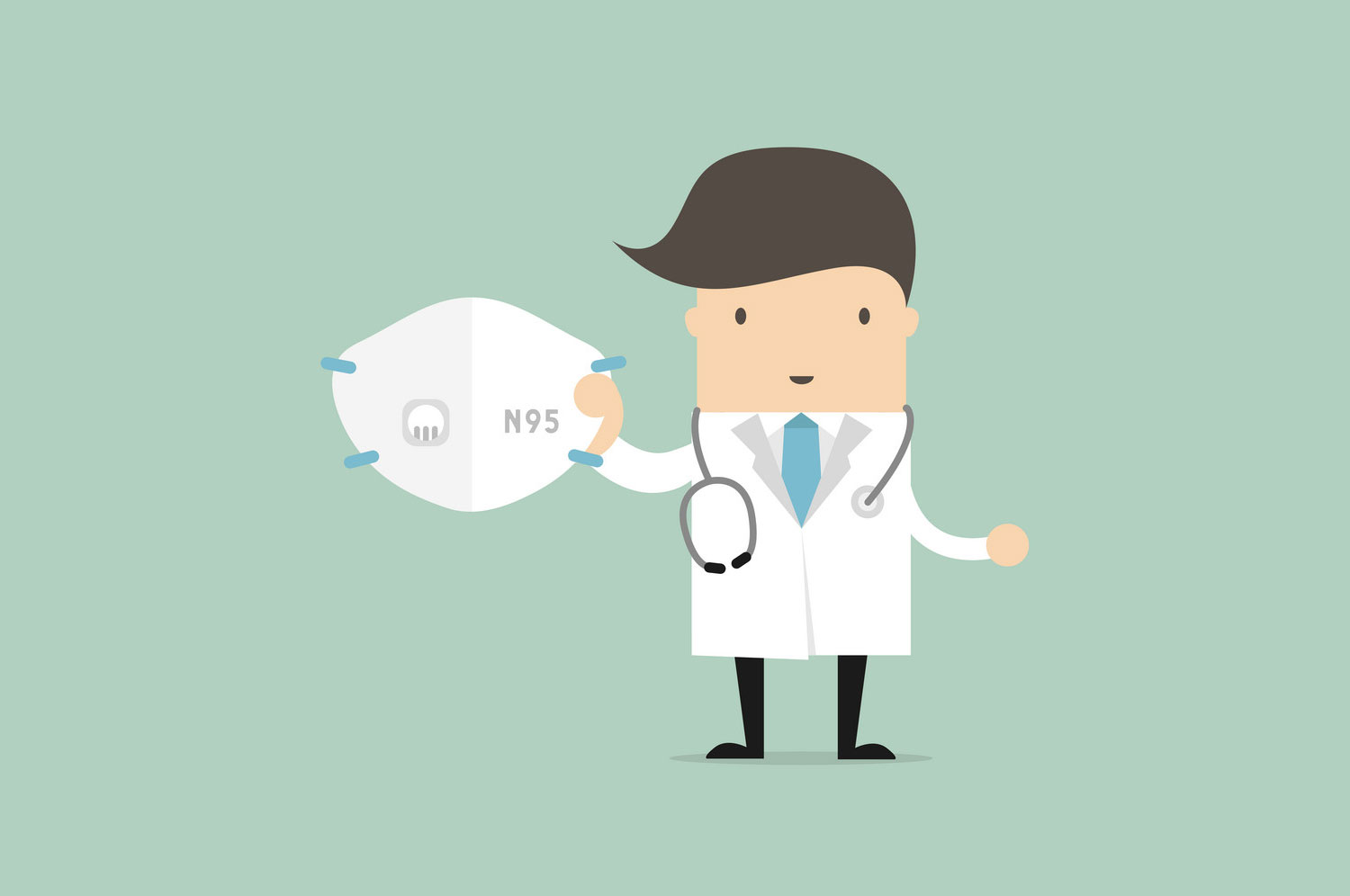
Masks have been used since antiquity. Masks have been for both ceremonial and practical purposes. They are almost always used in the healthcare setting. In light of the COVID-19 (also known as SARS-CoV-2 (severe acute respiratory syndrome coronavirus 2) pandemic, there is an increased awareness of the benefit of using masks.
Recent studies have shown that a significant percentage of individuals with the coronavirus don’t have symptoms (i.e. “asymptomatic”) and those who eventually do develop symptoms (“pre-symptomatic”) can transmit the virus to others before showing these symptoms. This implies the coronavirus-19 pandemic can spread between people interacting with close proximity even if those people are not exhibiting symptoms (ex: speaking, coughing, or sneezing). Several agencies and governments around the world have made recommendations to the community to use masks.
Although social distancing (at 6 feet) is an important factor to slowing the spread of the virus, the use of a simple cloth face covering also helps to slow the spread of the virus.
Cloth face coverings made from homemade materials at a low cost can be a voluntary additional measure for protection. Cloth face coverings should not be confused with surgical masks or respirators (Ex: N95). Surgical masks and respirators should be reserved for healthcare professionals and frontline medical staff.
There are several websites and links available online for DIY masks at home. A few links are as follow:
https://www.cnn.com/2020/04/04/health/how-to-make-your-own-mask-wellness-trnd/index.html
Printer friendly version by the Centers for Disease Control and Prevention (CDC, USA):
https://www.cdc.gov/coronavirus/2019-ncov/downloads/DIY-cloth-face-covering-instructions.pdf
In a Cambridge University study, they found “the pillowcase and the 100% cotton t-shirt were found to be the most suitable household materials for an improvised face mask”. Although the vacuum cleaner bags and dish towels showed greater filtration capacity, these items performed poorly in the breathability tests, making it harder and impractical to breathe through.
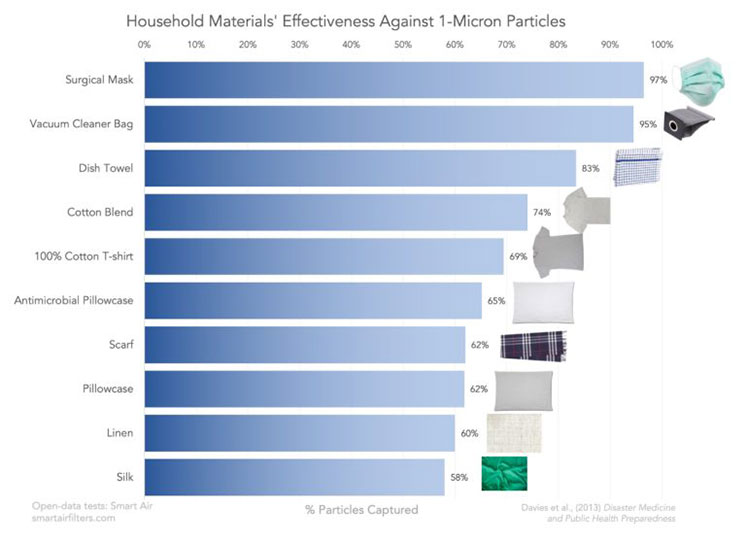
What is the difference between a mask and a respirator?
A mask is a loose fitting covering the nose and mouth designed for one way protection, to capture bodily fluid leaving the wearer. It is typically worn during procedures to prevent coughing, sneezing, (ie, spread of droplets) on the vulnerable patient. Contrary to belief, masks are not designed to protect the wearer and most masks do not have a safety rating assigned to them.
A respirators is a tight fitting mask designed to create a facial seal providing two way protection by filtering both inflow and outflow of air. They have safety ratings that are designed to protect the wearer. They are available as disposable, reusable, half face or full face.
What are the various safety ratings available?
Respirators are subject to various regulatory standards around the world. These standards specify certain required physical properties and performance characteristics in order for respirators to claim compliance with the particular standard. Health authorities often reference these standards when making recommendations. Some of the popular standards include:
- The United States uses NIOSH-42CFR84 (Ex: N95)
- Europe uses EN 149-2001 (Ex: FFP3)
- China uses GB2626-2006 (Ex: KN95)
- Australia & New Zealand use AS/NZA 1716:2012 (Ex: P2)
- Korea uses KMOEL – 2017-64 (Ex: 1st Class)
- Japan uses JMHLW-Notification 214, 2018 (Ex: DS)
Another common rating is ASTM. ASTM International is an international standards organization that develops and publishes voluntary consensus technical standards for a wide range of materials, products, systems, and services, including healthcare products.
NIOSH (United States) Rating:
Image Source: Centers for Disease Control and Prevention
EN (European Union) and Australia/New Zealand Rating:
ASTM (International) Rating:
Image Source: Cardinal Health

